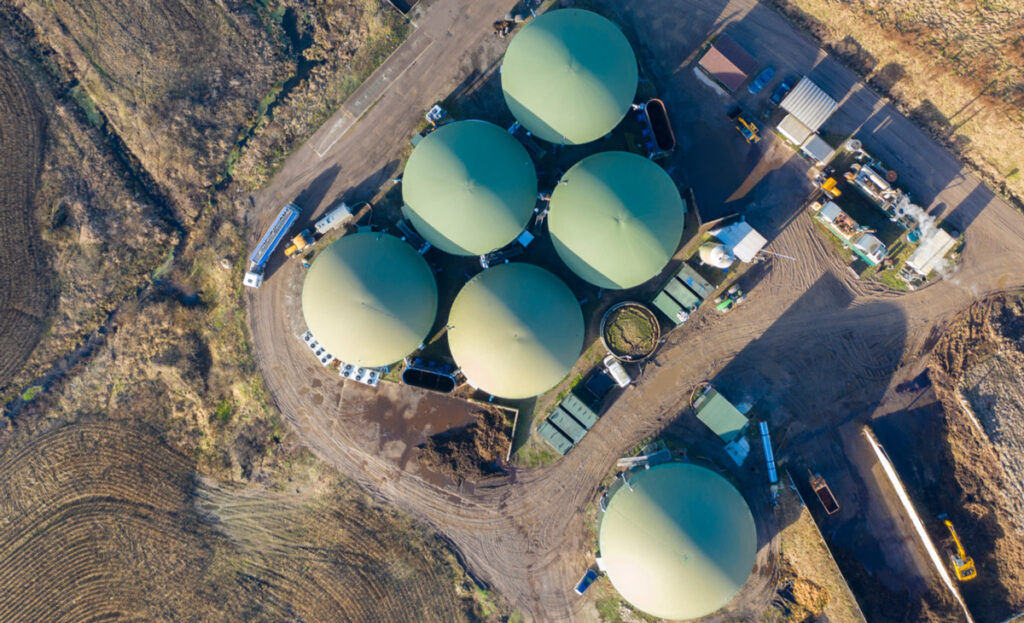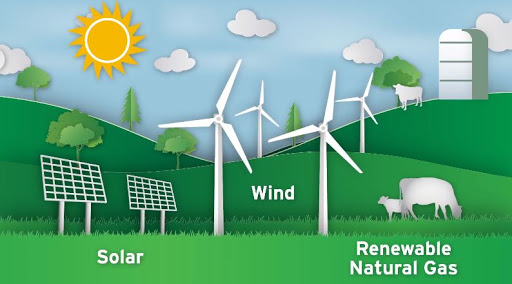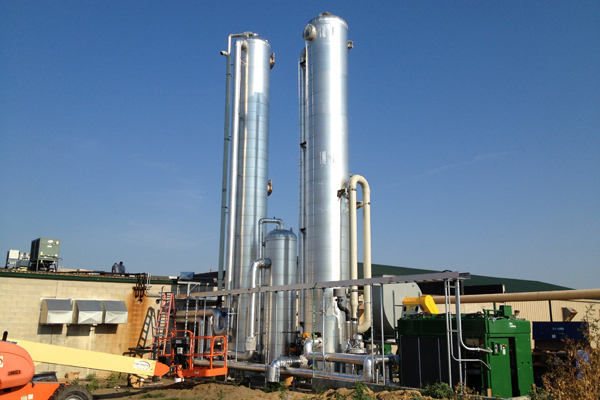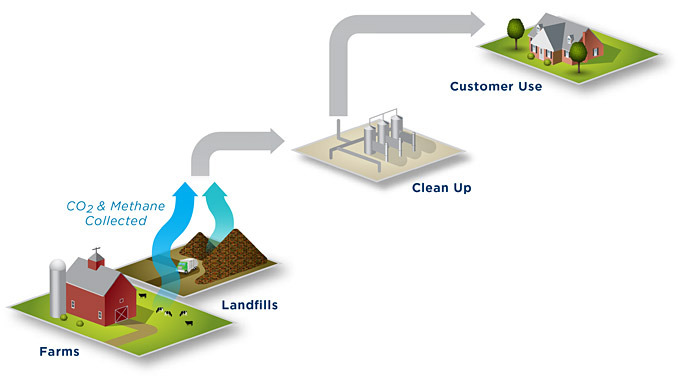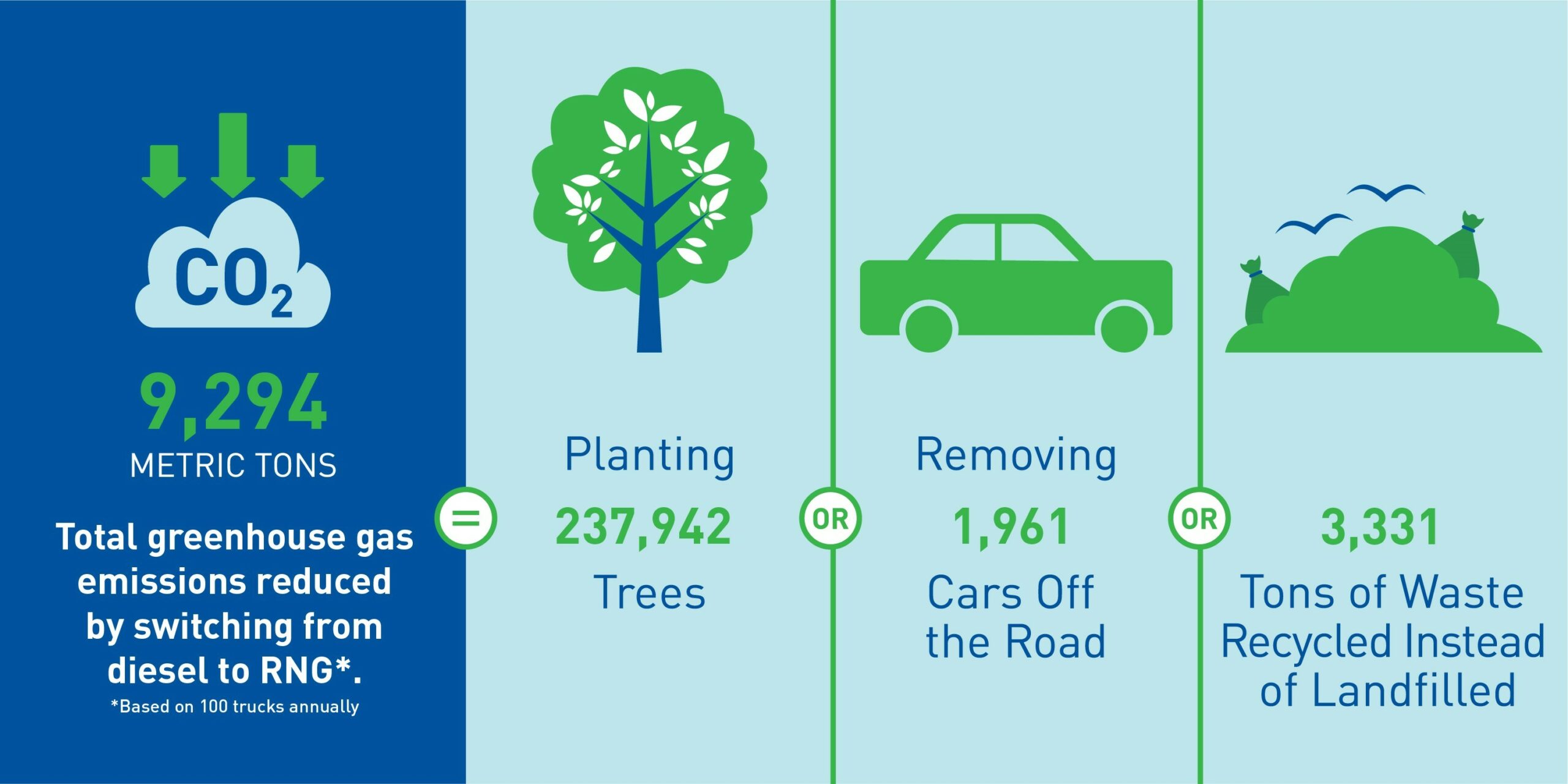Energy sources are usually broken up into two categories. There are renewable sources of energy and non-renewable sources of energy. A renewable source of energy comes from anything that can be replenished or renewed quickly. Non-renewable energy, on the other hand, cannot be reused or replaced as easily. When we’re talking about natural gas, we usually look at it as a type of fossil fuel, but there are other forms of non-fossil-fuel natural gases out there that can be considered renewable sources. So if you wonder if natural gas is renewable, in this article, we will answer this question. Read this new blog in Linquip to find out more.
What Is Natural Gas?
Natural gas is the earth’s cleanest-burning hydrocarbon. First, let us take time to have a quick review of natural gas, and then we dive into the answer to the question is natural gas renewable.
Natural gas is formed from the remains of tiny sea plants and animals that died 300 to 400 million years ago. So is natural gas a fossil fuel? Yes, but it can also be found in the methane produced in landfills, livestock, wastewater, and other sources. It mainly finds use as fuel for generating electricity and heat. Approximately 90 percent of natural gas is composed of methane, but it also contains other gases such as propane and butane. There are three types of natural gas:
- Abiogenic methane
This form of oil and gas did not originate from fossil deposits. Instead, it came from deep, hydrogen-rich carbon deposits that have been present since the formation of the Earth.
- Biogenic methane
This is created in landfills, on farms that keep cows, and wherever organic matter is present. Microorganisms called methanogens live off of decaying organic matter and excrete methane in the process.
- Thermogenic methane
This is created when mud and rock sediment put the remains of animals and plants under huge amounts of pressure. This process takes place at extremely high temperatures and takes millions of years to complete.
Of these three types of methane, biogenic is the only one that could be considered renewable. The others, despite causing 20 percent less damage than other fossil fuels, are damaging to extract and are expected to run out in the next 50 years.
Renewable Natural Gas
Renewable energy is an increasingly important part of the world’s clean energy future. You’ve probably heard of renewable energy sources like solar and wind, but you may not have heard of Renewable Natural Gas (RNG).
Renewable Natural Gas is interchangeable with conventional natural gas. It’s injected into our natural gas distribution system, reducing the amount of conventional natural gas needed. Following the answer to the question is natural gas is renewable can be said natural gas supports renewables because it can quickly compensate for dips in solar or wind power supply and rapidly respond to sudden increases in demand.
Natural gas is also a good partner for hydropower, providing a secure electricity supply when there is insufficient rainfall.
Replacing less than 20 percent of the traditional gas supply with RNG can achieve greenhouse gas emissions reductions equivalent to converting 100 percent of buildings to electric-only energy by 2030. Natural gas is vital in parts of the economy that are more difficult to electrify, including industrial processes and freight transport. Natural gas can also help reduce emissions and improve air quality when it replaces coal and diesel.
How Renewable Natural Gas Is Made?
RNG could be made from biomass or captured carbon dioxide and electricity. Two main methane sources could be used to make RNG. First, is biogenic methane that is produced from existing waste streams and a variety of renewable and sustainable biomass sources including the bacteria that digest organic materials in manure and animal waste, dairy farms, landfills, wastewater, crop residuals, and food waste. Biogenic methane is captured and used as an energy resource for decades, in a form usually called biogas. Biogas is cleaned and conditioned to remove or reduce non-methane elements to produce RNG. The RNG can also be produced using renewable electricity, such as wind or solar power. Often called power-to-gas, this methane would be intentionally manufactured from carbon dioxide and hydrogen using electricity that offers a long-term energy storage solution for renewable electricity.
Is Natural Gas Renewable or Non-renewable?
So is natural gas renewable? Well, that depends if we are talking about natural gas that comes from fossil fuels or natural gas formed from biomethane. If it is about traditional fossil fuels, then no, it is not renewable. There’s a finite amount of fossil fuels on the earth and when they run out, they’re gone forever. Biomethane, however, is a renewable, natural gas. It’s considered renewable because of how easy it is to make, especially compared to non-renewable energy sources like fossil fuels. As long as you have livestock matter or landfill materials, you can make more biomethane. So what we traditionally consider to be natural gas is not renewable, but there are some alternative forms of natural gas such as biomethane, that are renewable.
RNG can be an important renewable energy tool because it is available when consumers need it. Wind and solar are intermittent energy sources meaning the energy isn’t available when the sun isn’t shining and the wind isn’t blowing. RNG is available 24 hours per day, seven days a week, and can be deployed when and where it is needed through the pipeline network.
So, there you have every single fact to the question is natural gas considered renewable energy? If you enjoyed this article in Linquip, let us know by leaving a reply in the comment section. Is there any question we can help you with? Feel free to sign up on our website to get the most professional advice from our experts.
Buy Equipment or Ask for a Service
By using Linquip RFQ Service, you can expect to receive quotations from various suppliers across multiple industries and regions.
Click Here to Request a Quotation From Suppliers and Service Providers
Read More On Linquip

